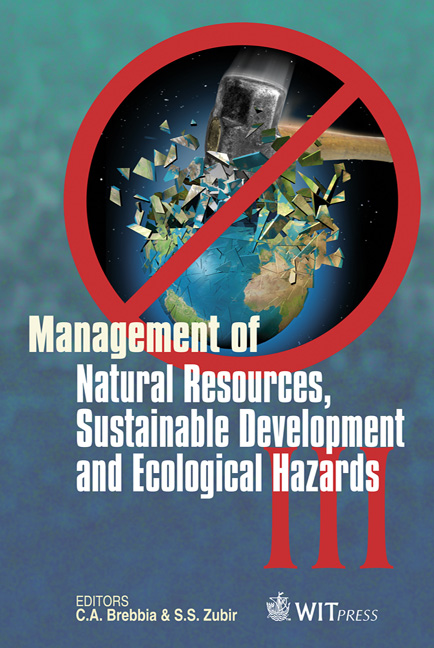Is Shrub Removal An Appropriate Management Strategy In Shrub-encroached Woodlands?
Price
Free (open access)
Transaction
Volume
148
Pages
10
Page Range
37 - 46
Published
2011
Size
558 kb
Paper DOI
10.2495/RAV110041
Copyright
WIT Press
Author(s)
S. Daryanto & D. J. Eldridge
Abstract
Encroachment of shrubs into open woodland is a global phenomenon affecting drylands worldwide. Encroachment generally reduces pastoral productivity by reducing grass cover for livestock. Consequently, a range of mechanical methods such as ploughing have been used in an attempt to remove encroaching shrubs. Apart from the high cost, ploughing has been shown to have deleterious and often inconsistent effects on woodland ecosystems. Our work showed that soil under shrub patches contain generally higher levels of nutrients and are preferred sites of animal disturbance. However, ploughing and grazing reduced the number of vegetated patches, altered landscape heterogeneity, and often had speciesspecific effects, potentially leading to a dominance of ploughing- or grazingresistant shrub species. With ploughing resulting in reductions in soil nutrients, long–term increases in shrub density rather than reductions, and the lack of sustained grass cover, we suggest that mechanical shrub removal is an inappropriate method for managing shrub-encroached woodlands. In the context of pastoralism, alternative approaches such as time-controlled grazing or rotational grazing (similar to transhumant systems) would be more appropriate management strategies. An alternative perspective, which is increasing in popularity, is to value encroached woodlands in terms of the ecosystem benefits they provide. These include habitat for animals, sinks for carbon dioxide, ecotourism and water supplies. Keywords: ploughing, grazing, arid, shrubs, soil disturbance, woodland, Australia, spatial distribution, land management.
Keywords
ploughing, grazing, arid, shrubs, soil disturbance, woodland, Australia, spatial distribution, land management





